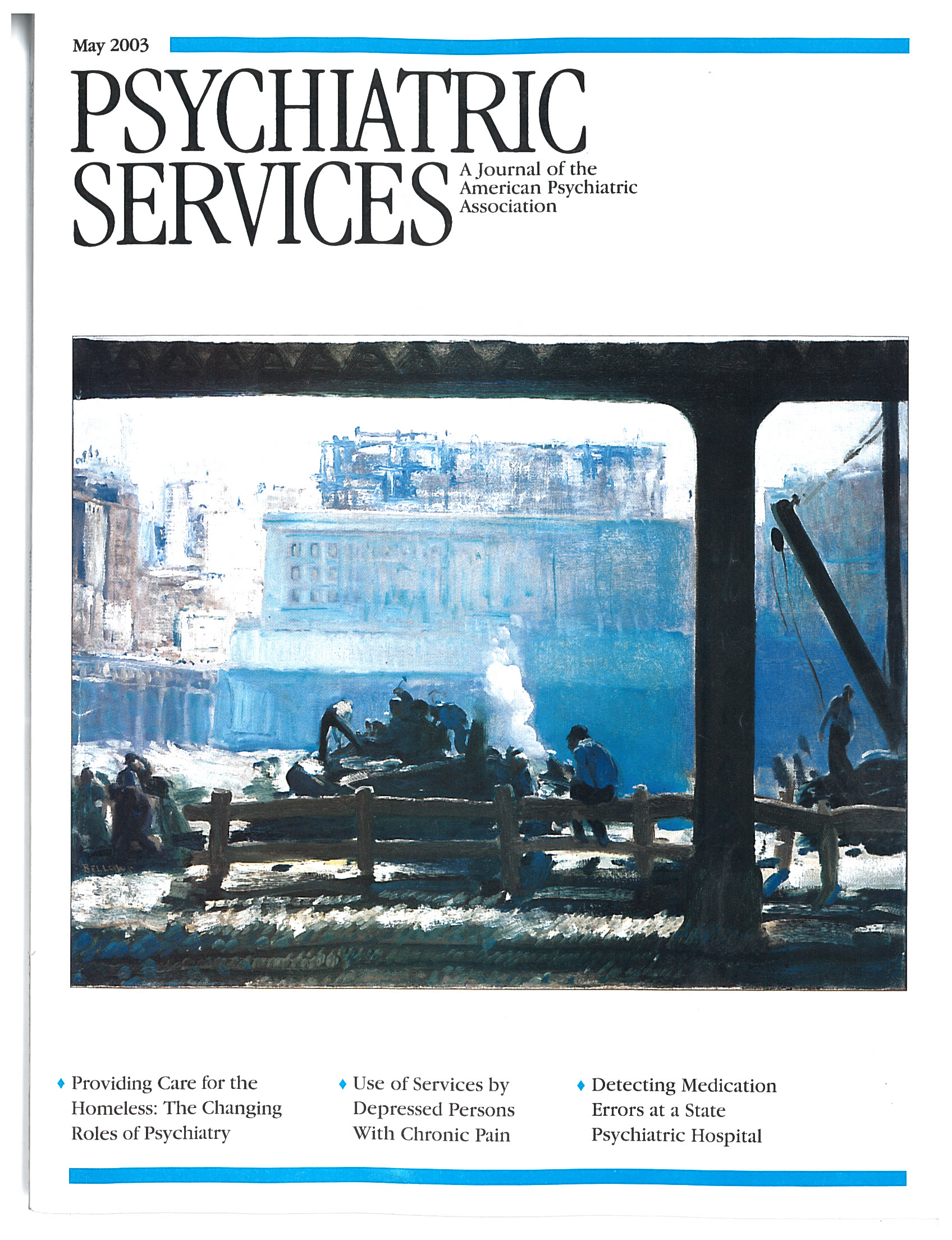Personal Therapy for Schizophrenia and Related Disorders: A Guide to Individualized Treatment
In Personal Therapy for Schizophrenia and Related Disorders: A Guide to Individualized Treatment, Gerard E. Hogarty details the principles, processes, and content of the first empirically based, well-tested protocol for psychosocial therapy of patients with schizophrenic disorders. Hogarty, professor of psychiatry in the Western Psychiatric Institute and Clinic at the University of Pittsburgh Health Center and a renowned clinician and researcher, is a leader in the study of disorder-relevant individual psychosocial treatments. He intended this volume to serve the dual purposes of a textbook and a practical therapeutic manual, and he has admirably met this objective.
The personal therapy approach is a flexible therapeutic modality that is graded and tailored to the individualized needs and strengths of patients and to their stages of recovery. Integrating the benefits of medication management, Hogarty builds on the values of the widely endorsed supportive therapy. The result is a remarkably useful protocol that guides the clinical work toward the achievement of recovery of patients in both the social and the psychological spheres. The author ably illustrates the efficacy of personal therapy in stabilization, reduction of relapse rates, and enhancement of patients' adjustments.
The book is divided into seven chapters and has two appendixes. In the first two chapters, Hogarty outlines the evolutionary background, conceptual rationale, and empirical basis of the personal therapy approach. He reviews outcome studies that support this evidence-based practice and provides a statistical primer as the first appendix.
In the third chapter, Hogarty details the essential prerequisites for personal therapy—psychiatric care and psychological and material support to patients—and offers guidelines for an integrated approach. Chapters four through six contain step-by-step descriptions of the three phases of personal therapy. The components of each phase are outlined, and instructions on the transition from one phase to the next are provided. A scale with which to monitor patients' progress in all phases is included as the second appendix. Clinicians learn how to use psychoeducation, internal coping, social skills training, and interventions to facilitate adjustment to disability and improve social and vocational functioning. In the last chapter, the author proposes an algorithm for psychosocial treatments that aids clinicians in the selection of treatment commensurate with the patient's level of disability and phase of illness.
Hogarty has the unique ability to communicate complex concepts and intellectually provocative insights in a conversational and inviting style that is accessible to multidisciplinary practitioners across types and levels of expertise. His work represents a landmark advance in our understanding of the interplay between biological, psychological, and social perspectives in the pursuit of patients' recovery. His thorough scientific analysis is compelling, and his therapeutic manual is creative, exciting to read, and highly instructive. The monitoring scale also serves as a clear and concise distillation of the manual, which greatly enhances its clinical utility. The proposed treatment algorithm is an innovative attempt that places personal therapy clearly within the context of other psychosocial treatments for patients with schizophrenia and associated disorders.
Personal Therapy for Schizophrenia and Related Disorders is an invaluable resource for all mental health practitioners and graduate-level trainees who are inspired by evidence-based practice in mental health and the vision of recovery and rehabilitation of people with severe mental illness.
Dr. Sabaawi is director of the Northern Virginia Mental Health Institute in Falls Church and associate clinical professor of psychiatry and behavioral sciences at George Washington School of Medicine and Health Sciences in Washington, D.C.



